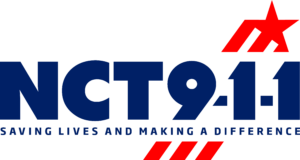Whenever there is a discussion of Kari’s Law, there is usually a mention of the Ray Baum’s Act. This act talks about FCC requirements for a variety of organizations and buildings that utilize multi-line telephone systems, like those found in businesses, hospitals, and schools.
Ray Baum’s is named for the lawyer Ray Baum, who served on a congressional staff and advocated for the telecommunications industry throughout his career. Though he passed away in 2018, the act was named to honor his accomplishments in furthering telecommunications goals all over the country.
What does the Ray Baum’s Act require?
The total act touches on a lot of topics involving communications standards, but what should interest you as one of the businesses listed above is Section 506. This section discusses emergency services mandates directed at the FCC to require organizations that use a MLTS to include a “dispatchable location.”
What is a dispatchable location?
According to the FCC, dispatchable location includes the “validated street address of the 911 calling party, plus additional information such as suite, apartment, or similar information necessary to adequately identify the caller’s location.” Currently, when a student, patient, or office worker calls 911 on a phone that utilizes a MLTS, the 911 public safety answering point will receive the address that is registered with the system. Therefore, if a campus is made of multiple buildings, 911 would receive the registered address, which may not be the location of the caller. By requiring a dispatchable location, not only will 911 know the correct street address, but it will also receive the floor level and/or suite number.
Are you compliant?
To become compliant with Section 506 of the Ray Baum’s Act (and Kari’s Law for that matter), you can start by connecting with your 9-1-1 authority. If your business is located within the NCT9-1-1 service area, you can connect with us about Ray Baum’s compliance by visiting this resource page.

